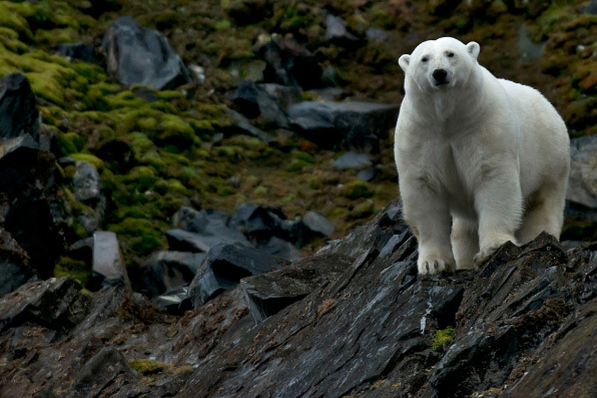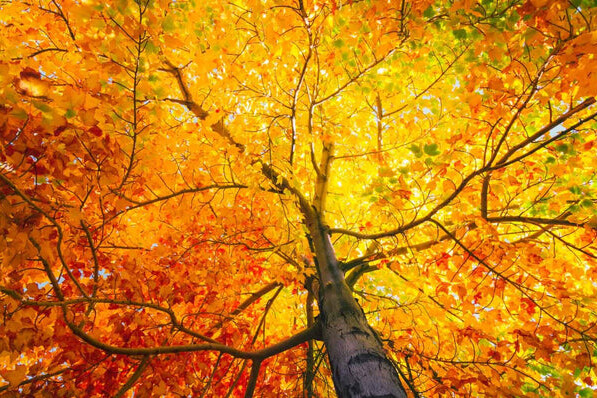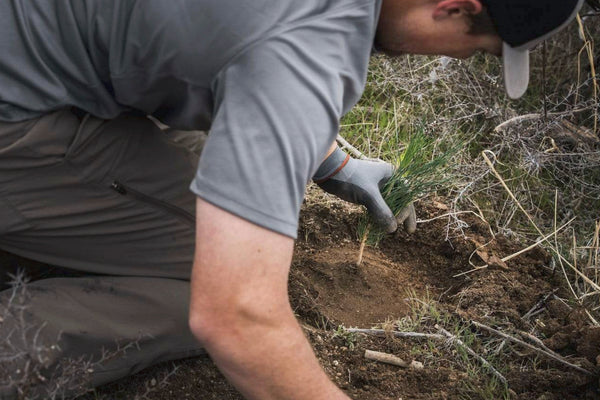Kaylee Brzezinski | September 13, 2022 | 6 min read
the relationship between trees and carbon dioxide
In recent years, trees have been getting a lot of attention for being one of the most important nature-based solutions to save us all from climate change. Most people know that trees produce oxygen and absorb carbon from the atmosphere, but they can do so much more than that. Interested to learn more about the relationship between trees and the climate? Keep reading to find out!
HOW TREES AFFECT THE CLIMATE
Trees do much more than absorb carbon and produce oxygen. Healthy forests help to regulate the global climate by reducing temperatures, protecting communities and preventing natural disasters, absorbing carbon emissions, filtering water, and restoring degraded lands. And that’s really just scratching the surface!
But how on Earth do they do it? When it comes to reducing temperatures, one obvious way trees do it is by providing shade via canopy coverage. Shaded areas can actually be up to 45 degrees (Fahrenheit) cooler than unshaded areas. This method of cooling is extremely beneficial in areas like cities which have a lot of pavement and buildings and that can suffer from the urban heat island effect.
In addition to providing literal shade, trees cool through evapotranspiration, which is the combination of evaporation and transpiration that causes moisture to be released into the air. You could consider it nature’s way of sweating — and sweating is how we cool ourselves down!
how forests can help fight against the effects of climate change
Climate change is much more than rising temperatures that are leading to a warmer climate. It also causes us to experience more frequent and stronger disasters such as flooding, hurricanes, and forest fires. Trees can help reduce the likelihood of disasters, and protect us when they do occur.
One way that trees help safeguard us against the negative impact of natural disasters is by creating a barrier from harsh winds and rising floodwaters. For example, when there are strong winds from storms, trees can help reduce the force with which they rip through the landscape, shielding our homes and surrounding nature from harm.
Trees also help to prevent natural disasters by reducing the likelihood of landslides and soil erosion. The root systems of trees help hold together land and soil, maintaining the integrity of ecosystems to keep them intact. Trees can also help “clean the air” by absorbing other greenhouse gasses and filtering fine particles out of the air, which is extremely important when we take into account that nearly 90% of the world’s population is currently breathing polluted air.
If we haven’t sold you on the importance of trees yet, did you know that they are able to absorb carbon emissions? A single mature tree can absorb up to 22 pounds of carbon per year. This is because as trees grow, they use atmospheric carbon to build their trunks, branches, roots and leaves, essentially “fixing” it during their lifespan.
So all we need to do to address climate change and save the planet is plant more trees, right? Unfortunately solving climate change isn’t that simple. While reforestation is an essential part of a holistic climate change mitigation strategy, it’s important to understand that planting trees alone won’t fix the climate crisis.
Equally as important is conserving existing forests, reducing our greenhouse gas emissions, and taking direct, global climate action. Want to start helping the planet? Consider planting trees with us today!








